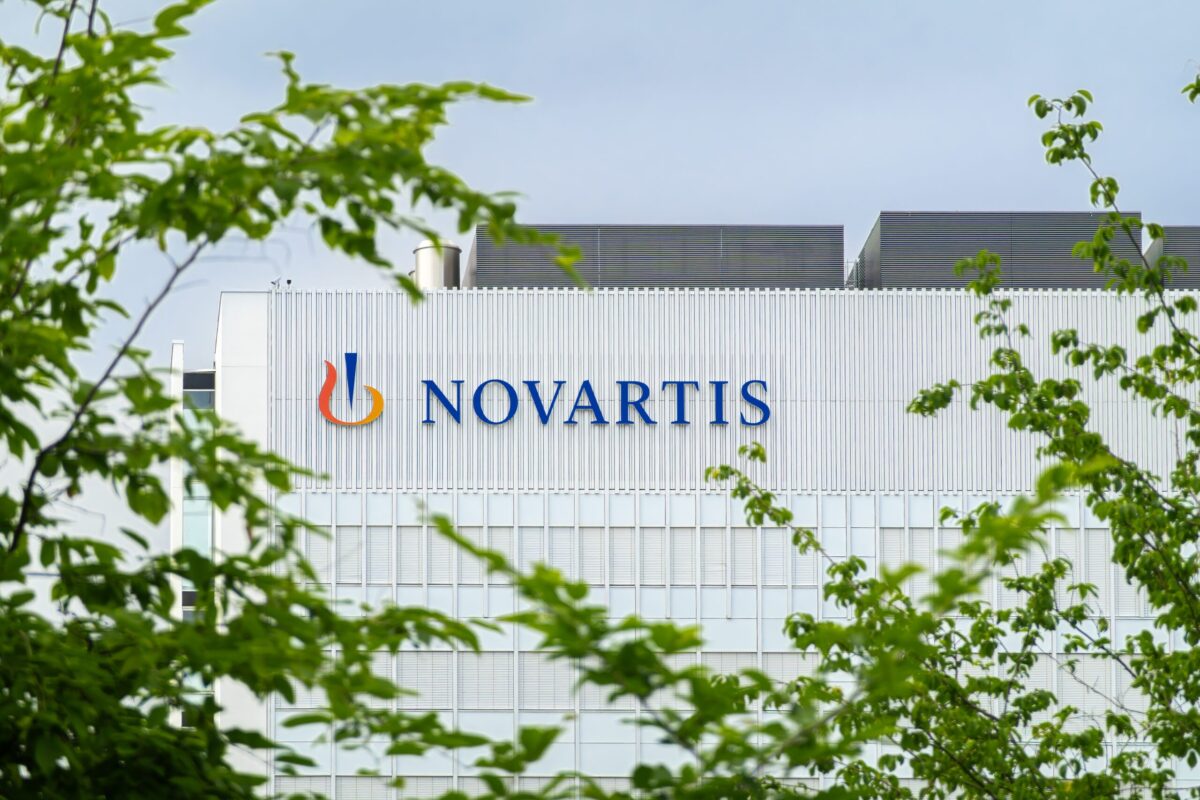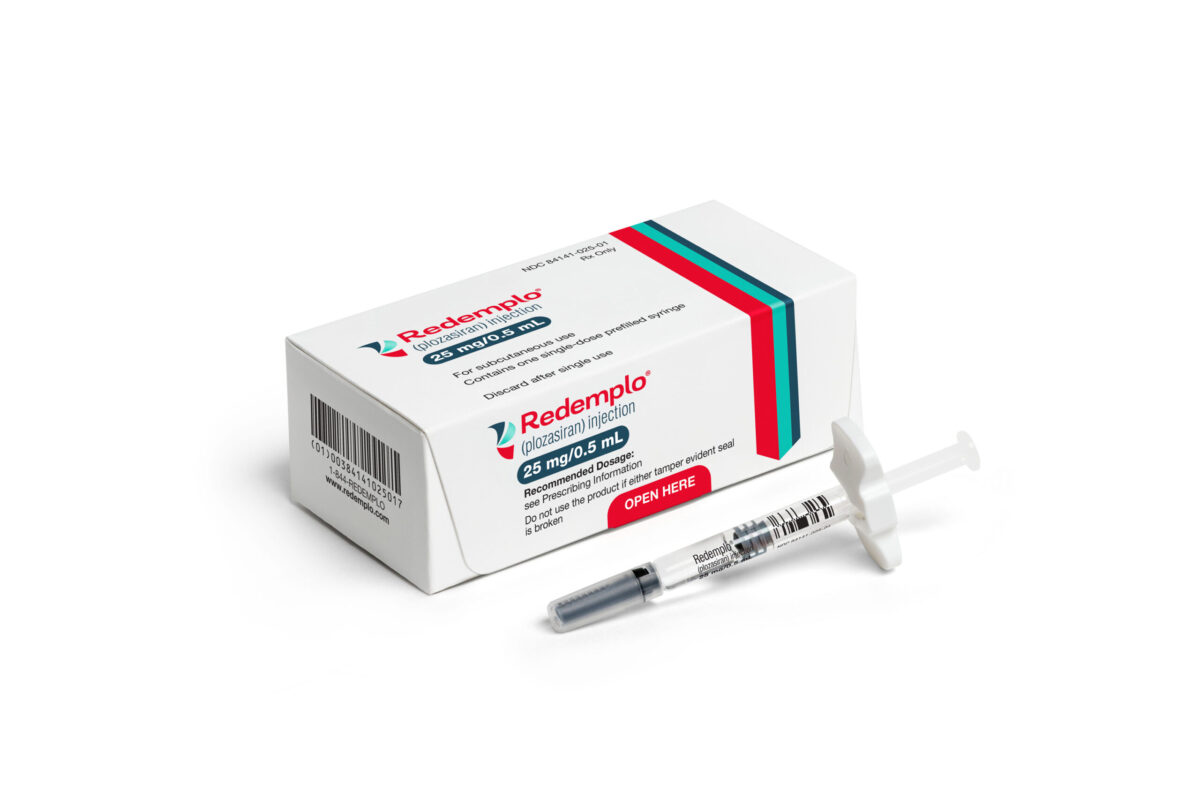Early detection of cancer using magnetic resonance imaging (MRI) scans may be enhanced by the use of synthetic nanodiamonds. These nanoscale diamonds have previously proved useful in targeted cancer treatment for chemotherapy-resistant breast and liver cancers.
The nanodiamonds are approximately 4-5 nanometers in diameter – which is as much as 10 times smaller than a virus particle – and are nonreactive and nontoxic. The particles can be conjugated to a number of drugs, which makes them useful in targeted delivery of active agents.
In order to determine whether the nanodiamonds may also be useful in cancer detection, Prof. David Reilly, from the School of Physics at the University of Sydney in Australia, and his team conducted an efficacy study. According to Reilly, “We thought we could build on these nontoxic properties realizing that diamonds have magnetic characteristics, enabling them to act as beacons in MRIs.”
The researchers used a technique called hyperpolarization, in order to align the atoms within the diamond and enable them to produce an MRI-detectible signal. The results of the research were published in the journal, Nature Communications.
According to Ewa Rej, the paper’s lead author, the hyperpolarized nanodiamonds were then attached to cancer-targeted molecules, allowing the researchers to pinpoint the location of the particles within the body. “Having those chemicals target certain types of cancers, bind to certain types of receptors, is something that’s advanced,” said Reilly. “What we’ve done is now develop that lighthouse to image those things in an MRI, thereby [allowing us to] actually see the cancers light up, without having to open somebody up.”
“This is a great example of how quantum physics research tackles real-world problems, in this case opening the way for us to image and target cancers long before they become life-threatening,” commented Rej. The study coordinators believe the technique shows promise in improving both cancer diagnosis and treatment.
While diamonds are among the most expensive gems, the researchers are quick to point out that the synthetic variety are cheap and plentiful. Reilly said, “That’s great news because we wouldn’t want to build some medical treatment around a technology that you had to dig up out of the earth.” The next step is testing the efficacy of the hyperpolarized nanodiamonds in detecting cancer in animal models.
Sources:
- Diamonds could help detect cancer early – http://www.medicalnewstoday.com/articles/300858.php
- Rej, E., Gaebel, T., Boele, T., Waddington, D., and Reilly, D. (2015). Hyperpolarized nanodiamond with long spin-relaxation times.Nature Communications. 6 (8459).












Join or login to leave a comment
JOIN LOGIN